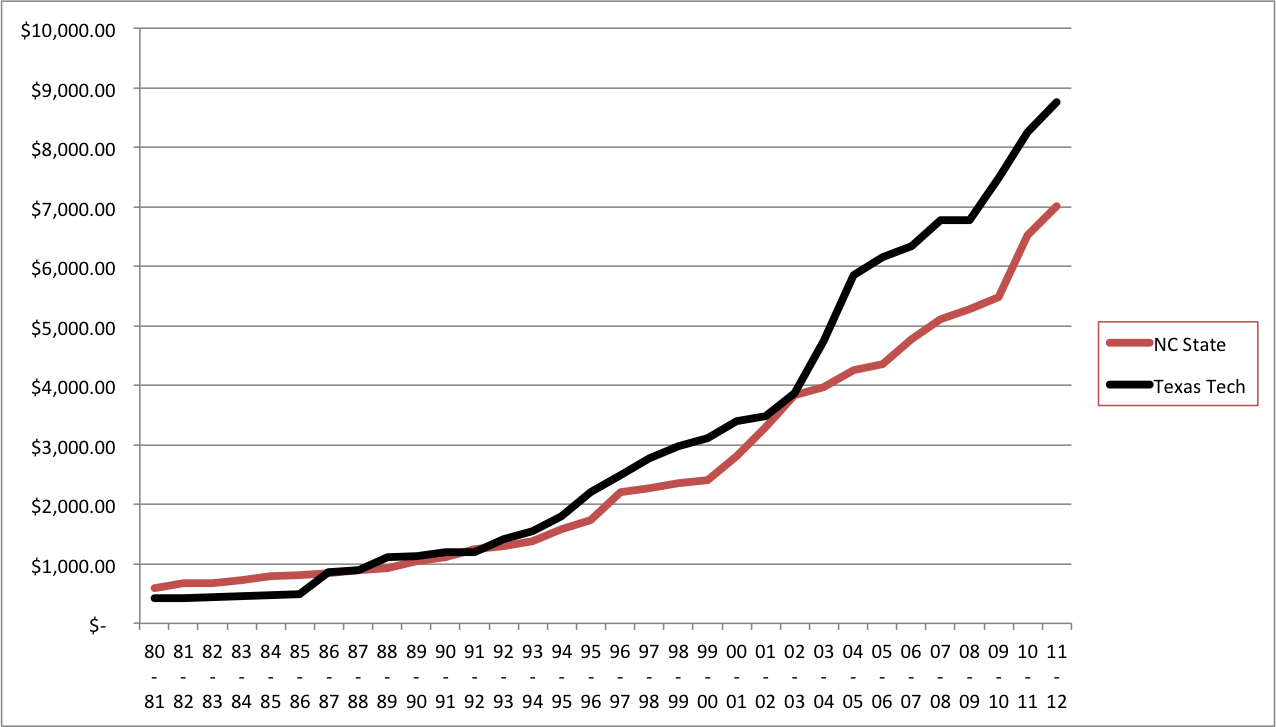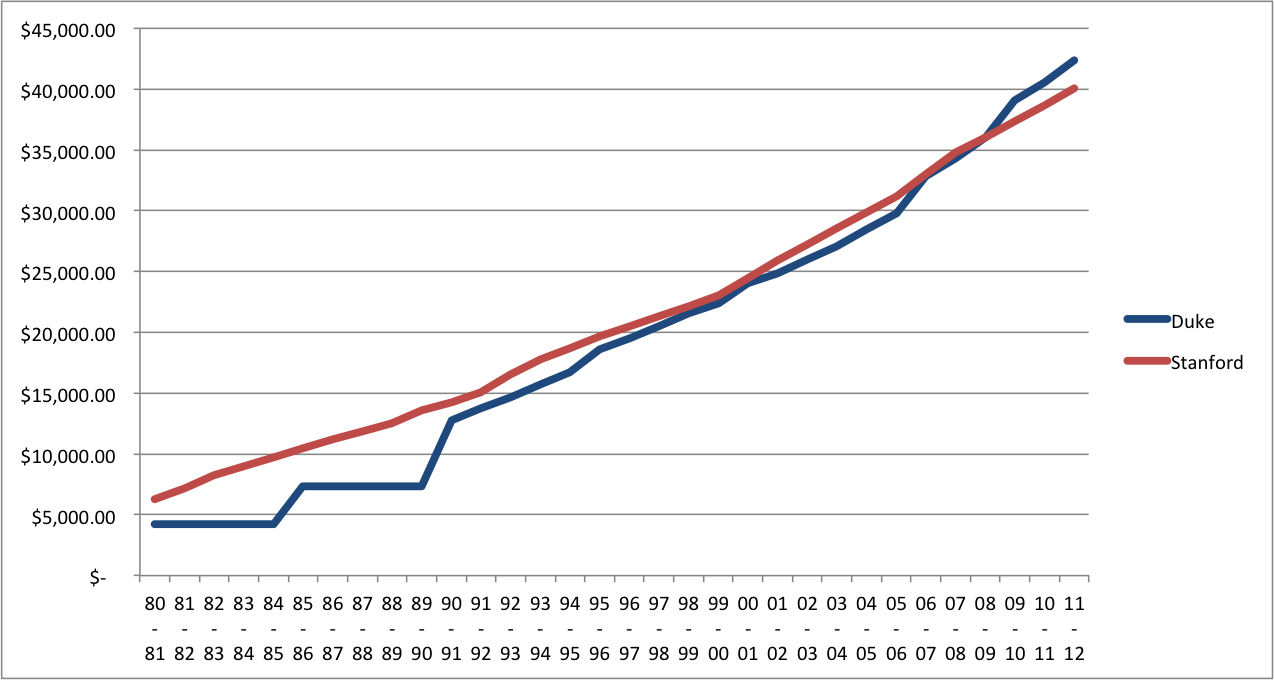If you’ve been on the internet over the past few weeks, you’ve certainly come across several articles on how to manage your money and smart money moves to make for the year ahead. In the spirit of the new year, I’m going to provide a four part series focusing on action steps you can take in the year ahead. The goal is to provide you with a calendar of steps that will allow to create concrete goals and steps you can take in the months ahead. Get ready to start on the first steps of your 2012 Money Action Plan!
January
Create a Budget – Sorry to pull the band-aid off right away, but if you don’t have a monthly and annual budget in place, it’s time to get them. You’ll want a monthly budget to cover your main cash flow needs (food, clothing, housing, utilities, transportation, etc). The idea of an annual budget is to help you plan for taxes, holiday expenses, birthday gifts, car insurance, vacations and any other expenses that crop up throughout the year.
You’ll want to have a plan in place to save for the items that fall in your annual budget since these can easily be overlooked in your budget since they usually don’t occur every month. Depending on when these expenses fall, you may have to maintain a higher savings rate at the beginning of the year to save up for expenses such as your summer vacation.
To help you create and track your budget, consider using Mint (www.mint.com), Quicken, an Excel/Numbers spreadsheet, a pen and ledger, or notes on your 2012 calendar.
If you already have a budget, make sure to do an annual review of your 2011 income and expenses to see how you ended up. Did too many unexpected expenses cause you to drain your emergency fund or slow down that extra retirement savings? If so, look to see where need to make adjustments for 2012’s budget.
Increase Your Retirement Contribution – If you have an employer sponsored retirement plan at work, consider increasing your annual contribution percentage by 1%. If your employer offers a match (many companies that halted employee matches during the recession have been phasing them back in), try to contribute enough to receive the maximum match. The 2012 maximum elective deferral you can make to 401(k), 403(b), 457 & Roth 401(k) plans was increased to $17,000. If you’re over 50, you can also make a catch-up contribution up to an additional $5,500 for the year.
Don’t have a 401(k) or 403(b) plan? Look into opening either an IRA or a Roth IRA. You have plenty of flexibility on where you can open the account and it may not take as much money as you’re thinking to get started. The maximum contribution you can put in an IRA is currently $5,000 annualy, with an additional $1,000 available if you’re over 50.
You should speak with your accountant about which account(s) you will qualify for and any tax benefits that may be available to you. Your accountant can also help you decide on an appropriate retirement plan if you’re self employed. Your financial planner can also provide you with a general overview of the qualifications for several of these accounts.
February
Review Your Budget – You diligently worked on figuring out your monthly and annual expenses, now you need to see how you ended spending your money in January. See if you were on target or if your budget was completely overwhelmed by unexpected expenses (car repairs, vet bills, trip to the hospital). Make any adjustments you need to help you stay on track. Now that you’ve started the momentum, keep reviewing that budget each month. Remember that the goal is not to increase your budget each month, but to adjust your spending to reflect your budget.
If you didn’t track all those purchases, now’s your time for a second chance, and you can get started on creating your budget in the shortest month of the year.
Emergency Fund – A general rule of thumb is to have between three to six month’s worth of living expenses saved in an emergency fund. A good way to start is to work on saving enough to cover your auto deductible, then add on top your homeowner’s deductible and then work on having your health insurance deductible added to the mix. This will be a good way to have concrete objectives in building up your emergency fund. Your financial planner can help you design a specific emergency fund plan that meets your family’s needs.
March
Taxes – Work on your tax return(s) now. If you don’t have all of your tax documents, you can at least start working with what you do have. If you use an accountant, you can be gathering up any documents and receipts that you’ll need to provide. If you documents can be organized, your accountant will greatly appreciate your organized files. By working on your taxes now, this will at least give you a ball park of where you may end up when it’s time to file and can give you an indicator if you may be sending a check to the US Treasury. If you haven’t taken advantage of your IRA options, you still have through April 17th (The tax filing deadline has been extended from the 15th this year) to get those contributions made and be able to deduct them on your 2011 return.
Spring Cleaning – As you go through the process of cleaning out your house, instead of tossing items that still have a useful life consider donating them to charity or consigning them. Ready to clean out the last few years of accumulated clothes? Same thing, consider consigning or donating them to a local charity.
Now it’s time to move on to all those paper documents:
Bank and Credit Card Statements – You generally won’t need more than a year’s worth of bank or credit card statements. You will want to keep any statements that show proof of purchases that you used when filing a tax return to claim an expenses or deduction with your tax returns.
Insurance Policies – As you receive updated policies you will no longer need to keep your older policies. If you have a claim in process, hang on to your old policy until your claim is settled.
Investment Records – Keep a copy of your annual statement until all investments on those statements have been sold. You may not need to keep your monthly or quarterly statements if the important information from those statements has been included on your annual statement (purchases, sells, deposits, withdrawals, dividends and capital gains paid)
Pay Stubs – make sure your pay stubs match up to what was reported on your W-2. If they match up, then you can shred your old pay stubs. If they don’t match up, ask for your employer or former employer to send you a corrected W-2, known as W-2C.
Major Purchases – If you’ve purchased jewelry, computer(s), artwork or other major items this year, keep the receipt or a copy of the receipt in a fire proof safe. In the event that you have to file an insurance claim, you will have proof of your purchase and the price you paid for the item (this applies to having to file a claim on your homeowner’s or renter’s insurance).
These steps will help you start 2012 on a good financial footing and will help you prepare for some of the other action items that will come up during the year.
If you’re looking for a more in-depth money transformation in 2012, I encourage you to call me at 919.695.3007 or email me (chris@vbwealth.com) so we can discuss the benefits and services I offer to help you move toward your personal and financial goals.
Wishing you a prosperous 2012.
Chris




 Web design and Wordpress Customization by
Web design and Wordpress Customization by